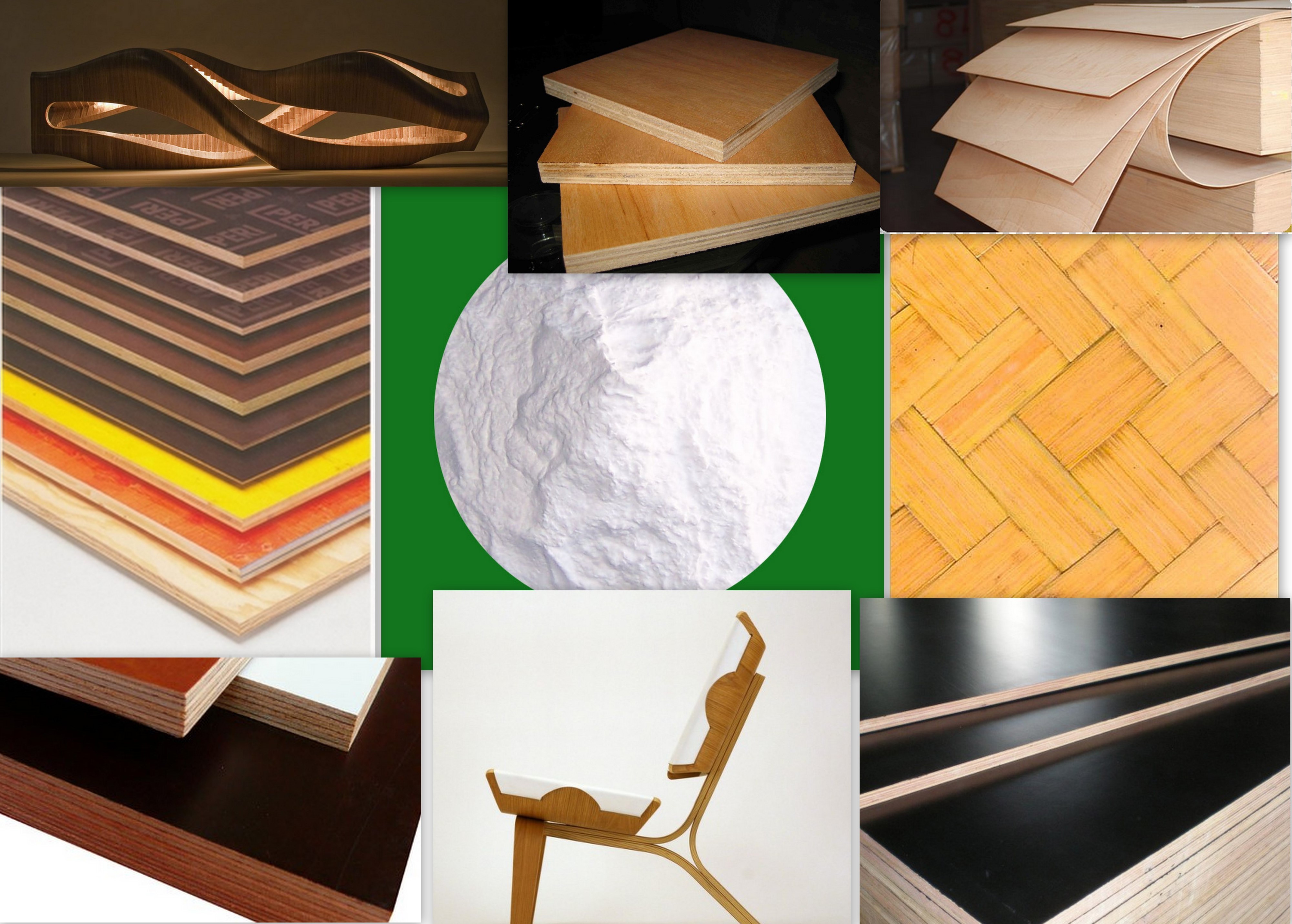 | |||
 |
KUMRU KİMYA
SANAYİ VE TİCARET LTD.ŞTİ. | ||

|
|
Kumru Kimya whose main purpose is customer satisfaction was established in 1972 and since that time it has been trading plastic raw materials. In this direction, it is trading with the most important petrochemistry manufacturers in all over the world particularly Europe, Far East and Asia. Kumru Kimya exports mainly Urea formaldehyde, melamine-formaldehyde and phenol-formaldehyde (Bakelite) moulding powder, glazing powder (lamalit), polyethylene (PE), polypropylene (PP), polyvinyl chloride (PVC), polystyrene (PS) and ABS raw materials.

We supply powder glues from abroad as distributor. These glues have different features and usage areas. They are particularly used in wood industry.
Melamine/Urea formaldehyde resin powder glue
Phenol formaldehyde resin glue
Urea Formaldehyde Resins (Glues) and Melamine Urea Formaldehyde Resins (Glues)
Urea formaldehyde resin (glue) and melamine urea formaldehyde resin (glue) are one of the adhesive systems that are commonly used in forest industry. Urea formaldehyde resin and melamine urea formaldehyde resin are widely used in the production of particleboard, medium-density fibreboard and plywood.
These two resins belonging amino resins group have many advantages for the manufacturer. They are used as adhesives in forest industry. There are many reasons that make urea formaldehyde resin and melamine formaldehyde resin superior to other glues. Some of these reasons are listed below:
1. Low cost
2. Easy to use in many different curing conditions
3. Low energy consumption during the production with low curing temperature
4. Being soluble in water
5. Resistance against microorganisms and abrasion
6. Hardness
7. Excellent thermal features
8. Being colourless
Despite their advantages, there are also some disadvantages of amino resins. Their resistance against humidity is low especially in high temperatures. Therefore, forest industry products that have been produced by urea formaldehyde and melamine formaldehyde resins are suitable for use in closed areas. Humidity combined with temperature affects the adhesive feature of urea formaldehyde and melamine urea formaldehyde products in a negative way. Moreover, it causes formaldehyde gas emissions.
The difference between Urea Formaldehyde Resin (Glue) and Urea Formaldehyde Resin (Glue)
In terms of their chemical structures, while urea formaldehyde resin is formed by the synthesis of urea and formaldehyde, as it can also be understood by its name, in the chemical structure of melamine urea formaldehyde resin there is 50% melamine crystal. There are two performance differences between urea formaldehyde resin and melamine urea formaldehyde resin.
As mentioned above resistance of amino resins against humidity is generally low and for this reason, they are suitable for use in closed areas. However, resistance of melamine urea formaldehyde resin against humidity is higher than urea formaldehyde resin’s resistance. Melamine urea formaldehyde is used in the production of medium-density fibreboard which is resistant against humidity. Here “resistant against humidity” concept means that forest industry products produced from melamine urea formaldehyde resin can be used in bathrooms, laundry rooms and etc. in which there is high humidity. Contrary to urea formaldehyde resin, melamine urea formaldehyde resin maintains its performance in such rooms.
Another difference between urea formaldehyde resin and melamine urea formaldehyde resin is about the gas emission performances of formaldehyde. There are restrictions about gas emissions of products both in United States of America and European Union. Inhalation of formaldehyde gas in high levels is harmful to the health. Therefore, developed countries have set various standards about this issue. United States of America has banned the use of urea formaldehyde resin with EQ Credit 4.4 and European Union has limited the free formaldehyde rate as 0,5% in forest industry products with E0,E1 and E2 standards. Because of their chemical structures, free formaldehyde rate in melamine urea formaldehyde resins is lower than free formaldehyde rate in urea formaldehyde resins. Therefore, it is commonly preferred by the manufacturers.
How is Urea Formaldehyde Resin (Glue) and Melamine Formaldehyde Resin (Glue) used?
Üre Formaldehit Reçinesi ve Melamin Formaldehit Reçinesi görünüş olarak beyaz bir pudra şeklindedir. Nihai üründe kullanılmaları için bu reçineler aşağıdaki formül doğrultusunda hazırlanmaları gerekir.
|
Material |
Amount |
|
Urea Formaldehyde/Melamine Formaldehyde Resin |
At the rate of 100 units |
|
At the rate of 100 units |
At the rate of 100 units |
|
Wood Chips |
At the rate of 25 units |
|
Hardener |
At the rate of 0.25 units |
The values given above are proportional and they should be determined according to the basis weight of the material to be used. First of all, sufficient water should be poured into mixer in order to dissolve the resin. Water that will be used should be close to the room temperature (20C or 30C is recommended). The water at lower temperatures will increase the dissolution process of the resin. Then, urea formaldehyde resin is added and mixed until a homogeneous mixture is get. Finally, hardener is added for the consistency of the glue.
Classification of powder glues and their usage aras